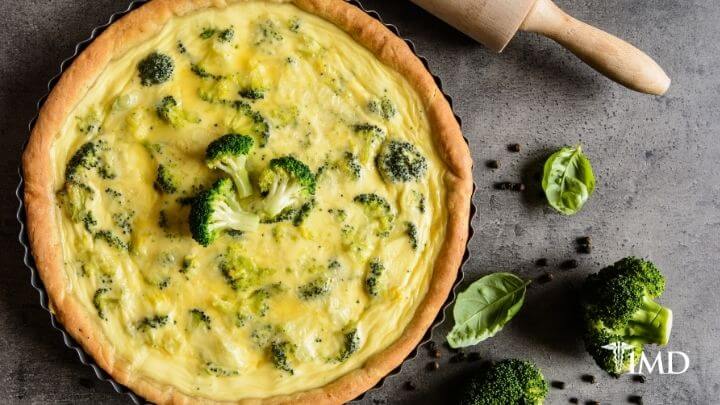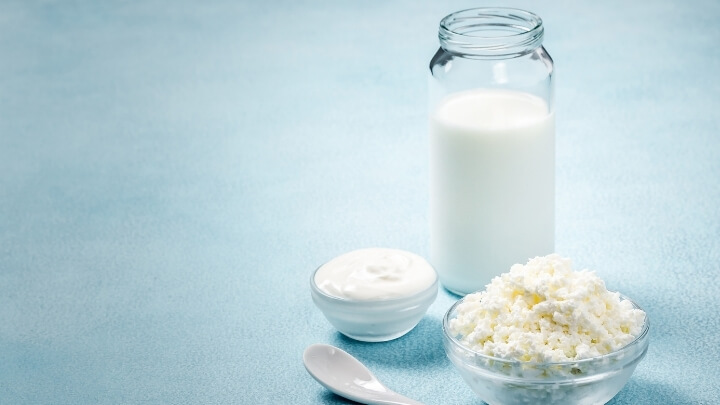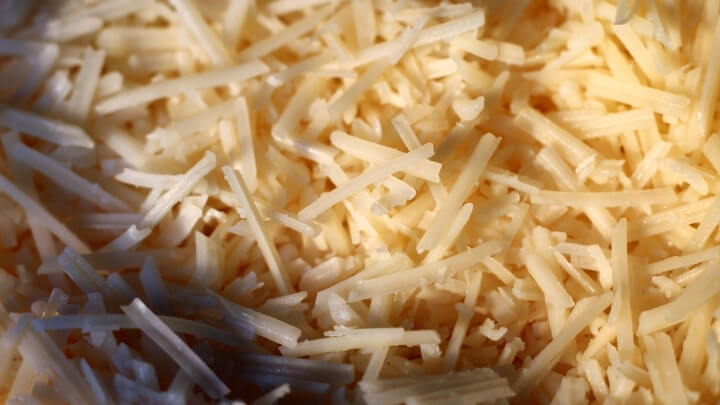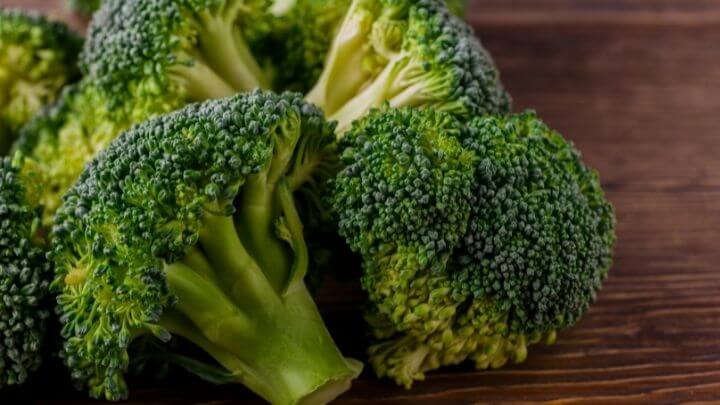Heart-Healthy Roasted Broccoli Pancetta Quiche
8 minute read
When you stand in front of the dairy case, it’s easy to be confused by the choices. Should you choose nonfat or low fat options? Isn’t full-fat bad for heart and your waistline?
The History of Low Fat Diets
The story of widespread low fat diets begins with Senator George McGovern back in 1976. Heart attacks were the leading cause of death in men. The senator called upon Nathan Pritikin to testify at a senate hearing to enlighten the representatives about the saturated fats in that nightly steak accompanied by a baked potato filled with butter and sour cream was at the crux of the leading health problem.
| Related: The Ultimate Guide to the Ketogenic Diet |
Throughout the next decades, physicians, the United States Department of Agriculture (USDA), and global health organizations recommended limiting overall fat intake. By the early 1990s, food manufacturers were innovating and marketing nonfat versions of favorite foods like salad dressings, chips, crackers, cookies, ice cream, and other desserts. The message was not about focusing a diet on nutrient-dense foods like vegetables but on piling up plates with pasta and fat-free sauce.
Today, nearly four in every ten Americans has a body mass index (BMI) that classifies them as obese. Research predicts that over half of today’s children will be obese by 35. The epidemic obesity in the United States mirrors the switch to popularity of low fat, high carb diets.

Is Low Fat Better for Your Waistline?
Fat has more calories per gram than either carbohydrates or protein; however, losing or maintaining weight may not be as simple as leaving dressing off your salad. A study reported in the European Journal of Nutrition concluded that subjects whose diets included full fat diet products were less likely to be overweight than those who chose low fat dairy.
An additional long-term study of close to 20,000 middle-aged women concluded that women who had chosen full-fat dairy over low-fat dairy were less likely to be overweight.
One reason why limiting fat may not necessarily lead to weight loss is that dietary fat is more satiating than simple carbohydrates, releasing glucose into the bloodstream at a slower rate than carbohydrates. Therefore, a smaller amount is more satisfying.

Low Fat & Other Health Issues
Choosing low fat options doesn’t necessarily protect you from other health issues, from cardiovascular risk to Type 2 diabetes.
Heart Disease: Full fat dairy contains not only saturated fat but over 400 types of fatty acids, some of which may have anti-inflammatory properties. A study published in the American Journal of Clinical Nutrition concluded that full-fat cheese may actually boost HDL or “good” cholesterol.
Analysis of 29 studies over the past 35 years, involving over 900,000 subjects worldwide recently concluded no association between high-fat dairy and cardiovascular disease. Fermented dairy like yogurt or certain cheeses may actually cause a slight reduction in risk.
Diabetes: Obesity is certainly a risk factor for Type 2 diabetes. Abdominal weight increases risk for metabolic syndrome, which is a risk factor for cardiovascular disease and diabetes.
| Related: Supplementing with Turmeric May Reverse Diabetes |
Is sticking to low fat dairy the answer? A 20-year study of over 3,000 adults measured blood biomarkers for dairy fat. Those who had consumed the most dairy fat had almost half the risk of diabetes.
The association may be more correlative than causal, as those who eat low fat dairy may eat more refined carbohydrates, which may increase risk for Type 2 diabetes. Scientifically, fat in dairy delays the absorption of lactose or the sugar in milk, which may increase insulin levels, which also increases risk for Type 2 diabetes.
Parkinson’s Disease: A comprehensive study at the Harvard T.H. Chan School of Public Health found that a single serving of nonfat or low fat milk per day led to an increased risk for Parkinson’s disease.
Those who consumed three or more servings per day of nonfat or low fat dairy overall were at increased risk. No association was found between full fat dairy and Parkinson’s disease. Dairy products may not cause Parkinson’s disease but there is an association.
For most people, eating full fat dairy products in moderation does not seem to pose health risks and may be a good way to keep you satisfied. This quiche recipe includes roast broccoli along with full fat dairy for a satisfying meal.

Broccoli Pancetta Quiche
Cooking Time: 1 hr
Ingredients
1 head of Broccoli (about 2 cups chopped)
1 cup of chopped Pancetta
1 cup of chopped Crimini Mushrooms
1 chopped Shallot (about 2 tablespoons)
1/2 teaspoon of Ground Mustard
4 Eggs
1 1/2 cup of Whole Milk
1/2 cup grated Sharp White Cheddar Cheese
1/2 cup grated Asiago Cheese
1 tablespoon of Olive Oil
1 Pie Crust
Instructions
1. Preheat oven to 350 degrees. Defrost pie crust for a few hours. Roll out and drape into 9-inch pie pan. Parbake for about ten minutes or follow instructions on box.
2. While crust is baking, roughly chop shallots, mushrooms, and broccoli. For a deeper flavor, roast broccoli, tossed lightly in olive oil and sprinkled with salt. Bake along with pie crust.
3. Saute pancetta, shallot, and mushrooms.
4. In a large mixing bowl, whisk eggs, ground mustard, milk, salt and pepper. Allow cooked ingredients to cool.
5. Spread pancetta, mushrooms, and shallots into crust; pour custard mixture on top. Leave about a quarter inch of room along side of crust to avoid overflowing. Place on cookie sheet.
6. Bake at 375 degrees for about 50 minutes. Allow to cool for 20 minutes before slicing.

Broccoli
The addition of broccoli adds not only color but nutrients. Broccoli, like all cruciferous vegetables, is a good source of carotenoids, vitamins C, E, and K, folate, and minerals, as well as fiber and glucosinolates, sulfur-containing chemicals.
When chewed, glucosinolates break down into indoles and other components that have been shown to inhibit development of certain cancers in mice and rats, particularly bladder, breast, colon, liver, lung, and stomach cancer. Laboratory studies also demonstrate that these compounds may have preventative properties, as well.

The Bottom Line
In moderation, full fat dairy products such as in this quiche recipe may be a satisfying part of a healthy diet. A body of research suggests that full fat dairy may not be associated with cardiovascular risk compared to lower fat variations.
Our bodies need some fat to function and replacing fat with high-sugar processed foods may actually lead to weight gain, increased risk for Type 2 diabetes, and other health issues. Be sure to include plenty of nutrient-rich vegetables and make room for satisfying dishes like this quiche.












